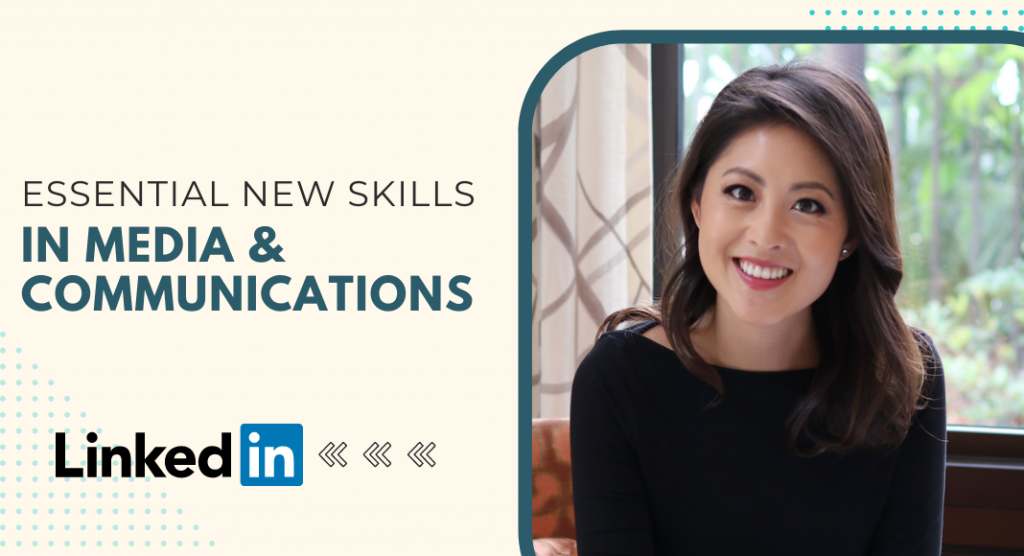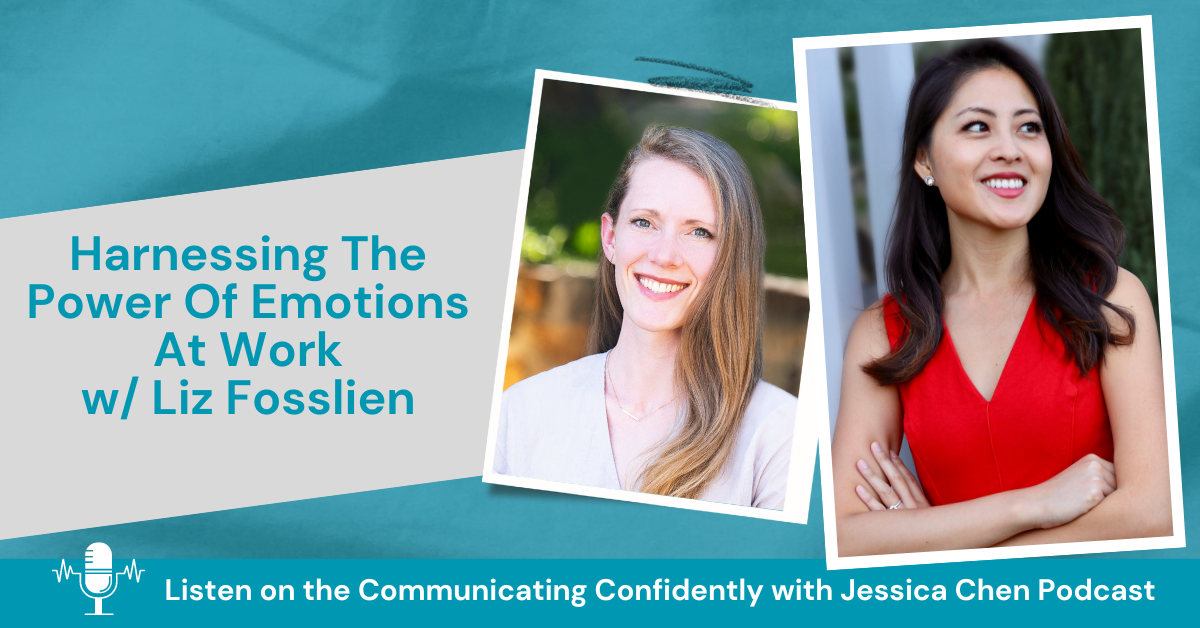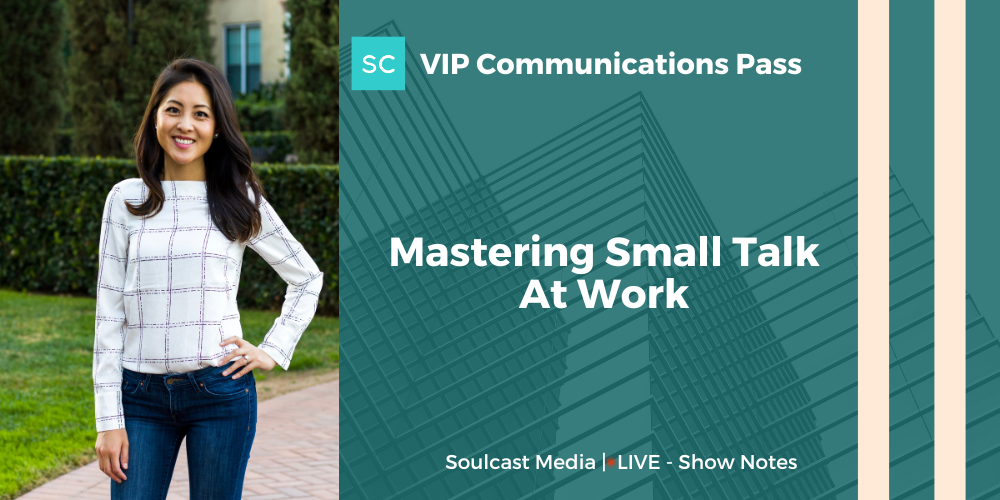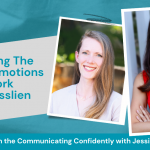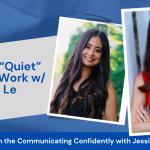Essential New Skills In Media & Communications
What it means to be in media and communications has drastically changed over the last few years. This is why we are thrilled to announce LinkedIn Learning has put together a New Learning Path, and our e-course, Media Relations Foundations, is a part of the Learning Path!
Our course was chosen as one of the most important courses to watch in order to take the next step in your career for those of you in Media and Communications.
This path will give you a step-by-step learning path to teach you the skills you need to achieve the professional future you want.
If you want to succeed in business, you need as much brand recognition as you can get. Our Media Relations Foundations e-course will help you leverage the media to get your business in front of the right audience.
Below is a sneak peek at our e-course, as well as what you can expect to learn!
1. The Perfect Pitch
The heart of media relations really comes down to the pitch. This is so important because the success of your pitch will determine whether you gain access to reporters and whether you or your client will get the chance to be featured.
There really is an art to pitching. The pitches that get noticed include what reporters are looking for.
These pitches are concise, interesting and to the point.
One of the most important things to consider is the length of your pitch. Keep it short.
As a former reporter myself, I gave a lot more attention to emails that were about 5-6 sentences long and got right to the point.
![]() A few things to keep in mind as you craft your pitch to ensure that it is short and to the point:
A few things to keep in mind as you craft your pitch to ensure that it is short and to the point:
- Don’t overload with details – Yes, you want to include interesting and compelling information about your story – but anything more will most likely not get read.
- Keep the personalization succinct – Personalization is important, but you don’t need to do a commentary on their commentary. Remember, acknowledging that you know who they are and a current story is enough.
- Use Bullet Points – To cut down on sentences, you can even use bullet points to outline your pitch. This way the media personality can read your pitch quickly and immediately get all of your information in one look over.
The key to keeping your pitch short is making sure it still includes all of the important information.
2. Preparing
As you prepare for your media interview, consider your key message. In other words, what is the most important point you want to convey? Once you’ve determined what your message is, you can incorporate it into all of your responses.
Consider the following:
- Simplicity – When brainstorming your key message, you will want to keep the message simple and easy to understand. This will allow you to incorporate your key messaging in all of your responses. The reporter will also be more likely to include your key message when your segment airs in a soundbite. For example, a simple key message could be how your company gives everyone access to home health. Try not to overcomplicate your key message.
- Multiple Responses – You will want to make sure all of your responses point to your main message. For example, let’s say your key message is speaking about the growth of your company. You will want to think about how many different ways you can convey that message. Or, if the interview is about your company’s product, you will want to come up with different ways to showcase how innovative your product is. Making sure your message always has this theme, will ensure it gets translated into a soundbite.
Your key message is what you want the audience to hear. Be sure you prepare your message and incorporate it as often as possible during your interview.
3. Media Interviews
If you are the owner of the company, there is a good chance the media will want to do a profile piece on you. You can trust that this type of outreach, is generally favorable. One where they want to do a sit-down interview. They may want to tour the facility or see the product.
![]() There are a few things to keep in mind as you prepare for your profile piece:
There are a few things to keep in mind as you prepare for your profile piece:
- Print Interview – If this is a print interview, it’ll likely be you and the reporter sitting down as they’re taking notes and recording you. The questions they ask will likely mirror what you’d expect in an interview. As you’re crafting your message, make sure you prepare with proper soundbites, and positive messaging. Preparation is key.
- Television Interview – If this is a television interview, you can expect a camera crew to set up, which will be a production. They will want to film generic shots of the building, and possibly you and the team in action. This can take a lot of time, so be sure to ask about this.
As you prepare for your profile piece, it is essential to maintain your executive presence, especially if this interview is done on camera or virtually.
A profile piece is a great way to promote your company and take advantage of the media’s interest in you.
–
To watch other top LinkedIn Learning communications courses by Jessica Chen, view here.


